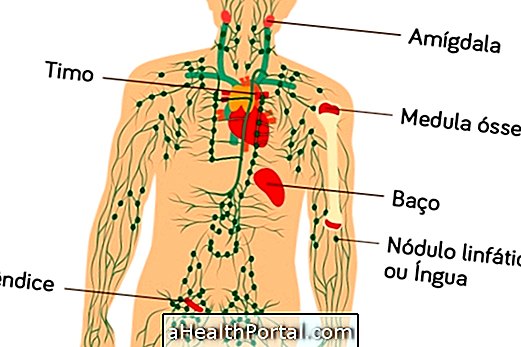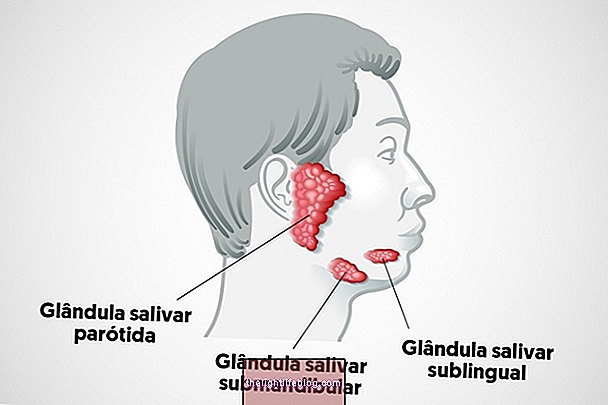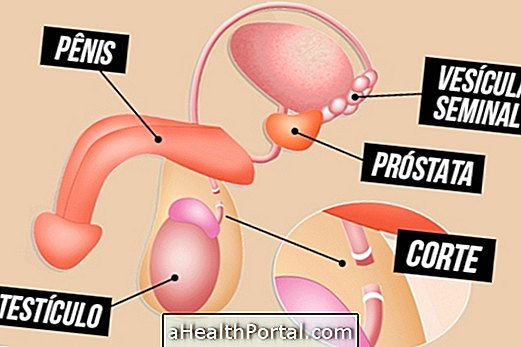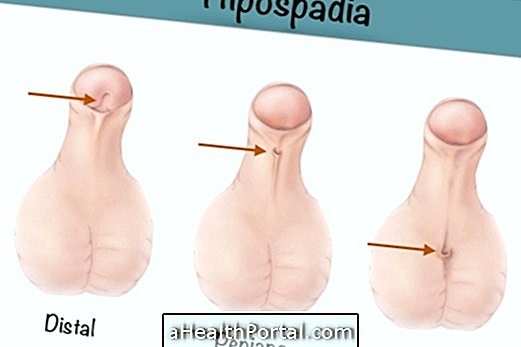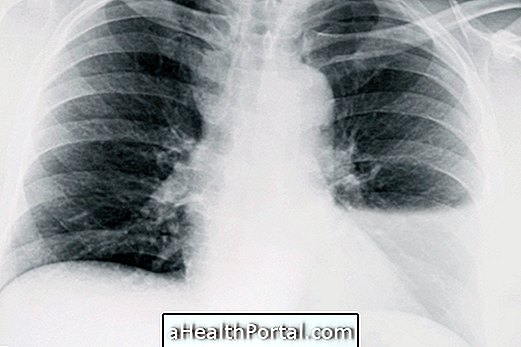In most cases, the lump in the liver is benign and not severe, and it is common for them to be found accidentally on routine exams. Generally, they do not cause symptoms, although they can provoke abdominal pain and digestive alterations when they grow too much or suffer any rupture.
The most common types of hepatic nodule are hemangioma, hepatocellular adenoma and focal nodular hyperplasia, and the main form of treatment is regular follow-up with exams such as CT or MRI. They can also be removed through surgery, indicated by the hepatologist, if they provoke symptoms, grow too much or acquire characteristics suspected of malignancy.
Cysts are also benign lesions, however, they have different characteristics, because instead of being tumors, they are a cavity filled with liquid, like species of "sacks". Learn more about what the hepatic cyst is and when it can be dangerous.
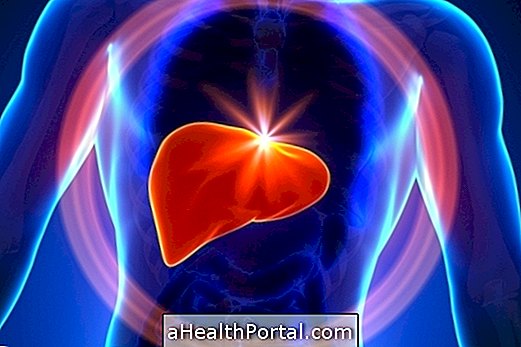
1. Hepatic Hemangioma
The benign nodules of the liver are more frequent, and are malformations of the blood vessels, since they are composed of a group of blood vessels covered by a layer.
Hemangiomas are usually detected by ultrasound examination, however, the doctor may order a CT scan or MRI to better evaluate their characteristics. They usually do not cause symptoms except when they overgrow and compress the surrounding organs or suffer some kind of rupture or bleeding.
- What causes it : its causes are not clear, but may have an association with genetics and the replacement of hormones.
- How to treat : is guided by the hepatologist, and may be indicated follow-up with examinations every 6 months to 1 year, especially in cases that measure more than 5 cm. If they grow too large, have suspicious characteristics of malignancy on examination or suffer rupture, can be removed surgically.
Read more about what is hemangioma, how to confirm and ways of treatment.
2. Hepatocellular Adenoma
Adenoma is a type of benign liver tumor, most common in women between the ages of 20 and 50. They do not usually cause any symptoms, and can be discovered by accident on ultrasound from other causes, however, it can cause abdominal pain in the regions corresponding to the liver and stomach.
In some cases, the adenoma may rupture and cause bleeding. In addition, it can rarely also progress to cancer, so if detected, it should always be evaluated with MRI. In case of doubt, the hepatologist may also indicate a biopsy.
- What Causes : They are often related to the use of contraceptives with estrogens, use of anabolic steroids, obesity and genetic diseases, such as those that cause deposition of glycogen, for example.
- How to treat : the hepatologist can indicate the semiannual follow-up with exams. However, in some cases, removal by surgery may be indicated, as in cases where they cause symptoms, grow too large or have suspicious characteristics of malignancy. In women of childbearing age, especially those with a nodule greater than 5 cm, surgery is also indicated because during pregnancy the nodule tends to increase.
Learn to identify the causes of tumor in the liver and when it can be malignant.
3. Focal nodular hyperplasia
It is a type of liver nodule that is also common, more common in women between 20 and 60 years. In the vast majority of cases it does not cause symptoms, and does not usually cause complications or risk of becoming cancer.
Focal nodular hyperplasia can be confused with other types of nodules in the ultrasound, so it should always be confirmed in examinations such as CT or MRI. In addition, it may also arise in conjunction with hemangioma or adenoma.
- What Causes It : Its cause is not well understood, and is believed to be related to changes in blood flow. Although it is more common in young women, it is not caused by the use of contraceptives, although these may favor nodule growth.
- How to treat : In general, you only need follow up with exams, every 6 months to 2 years. Removal with surgery may be indicated in cases in which it grows too much, causes symptoms or when it presents characteristic of other types of tumors.








